Landing pages
This page will tell you more about our landing pages tool and how to set up your own landing page.
What are landing pages?
Landing pages provide tools for marketers to easily create landing pages with little to no involvement needed from developers. The tool integrates with Bloomreach Engagement or your customer data platform (CDP) to help create landing page variations based on data present in CDP, such as segments. To learn more about personalized landing pages, check out our dedicated user guide.
What makes our landing pages unique?
Landing pages come with a library of ready-to-use templates. You can easily modify these templates in the editor to make common changes to landing pages, such as copy, the color of CTA, image, and branding, and independently create your own landing pages. Bloomreach Engagement offers extensive campaign performance metrics and robust A/B testing capabilities so that you can continuously test and optimize landing page campaigns.
How to set up a landing page
Open the Experience Manager app to pick the Channel in which you want to set up your landing page.
Click on the + Page button in the top right-hand corner, which will open a New page command. Once you name your page and choose a page layout, a new page is created and ready to be customized.

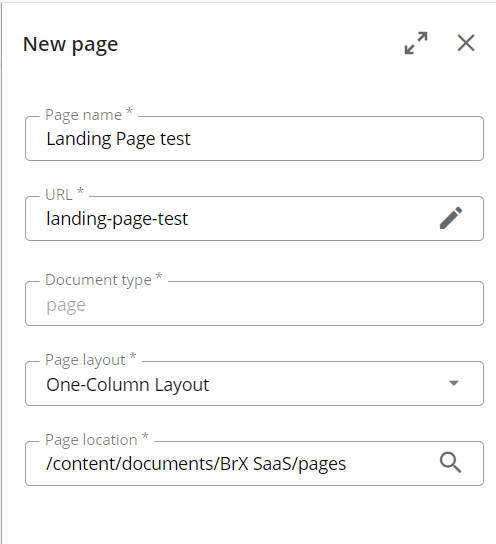
By clicking on the Show sitemap and components button highlighted in the picture in the left-hand corner, a list of Components will become visible. Components are divided into Page-specific and Shared components. For optimal use of our landing pages tool, customize your page with Page-specific components.
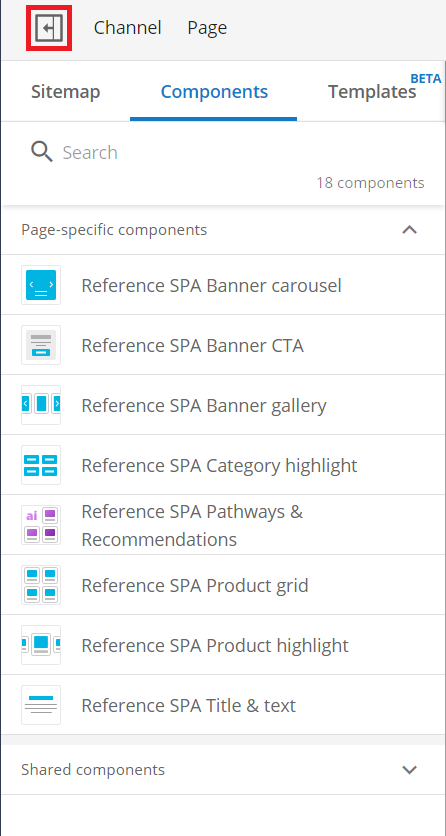
Note
Page-specific components will not be duplicated to any other pages in your Channel, they will be unique to your landing page.
Good to know
All our Banner components are linked to Images and Assets in the Content Application. Product and Category highlight components must be linked via commerce connectors such as our very own Bloomreach Discovery, SAP, commercetools, or Shopify.
While you can choose any of the available components shown on the screenshot below, this guide shows you a simple landing page using the Title & text and Product grid components.
After including all your desired components and customizing them to reflect your business goals best, you can publish (or schedule to publish) your landing page as you would a regular document.
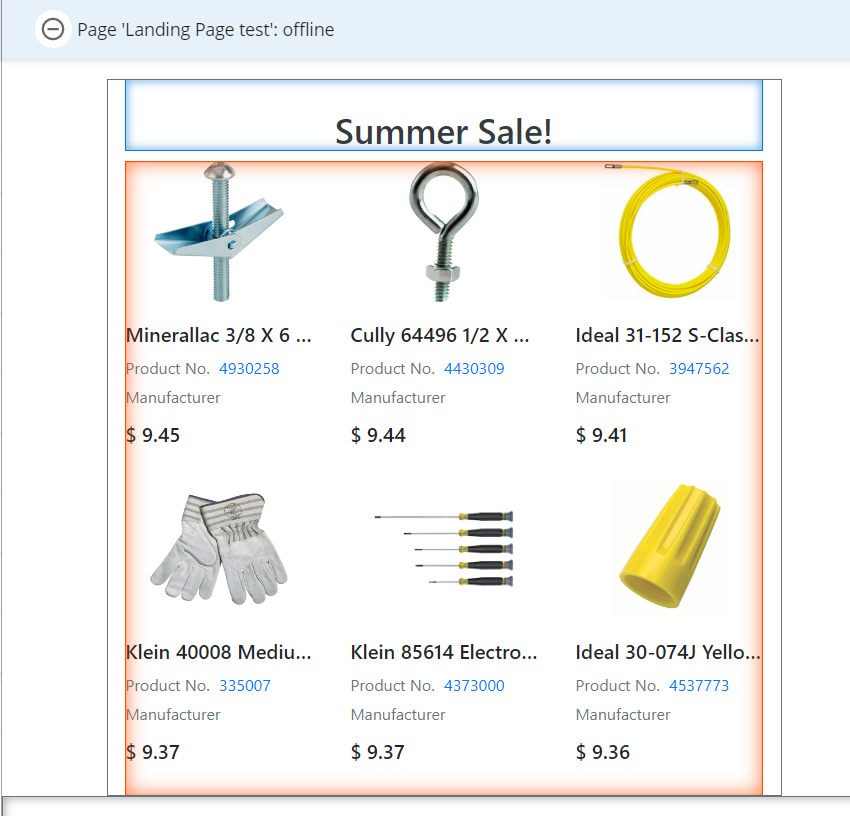
How to save and use a template
Content SaaS allows you to save a landing page as a template for future use. This will save you time in the future when creating new landing pages. Configured components and structures will be saved; all that is left is customizing the content you wish to promote!
To save a page as a template, click on the Page command button as if you were intending to publish a page. In the list below, you can see the Save as page template... command below the (un)publication commands.
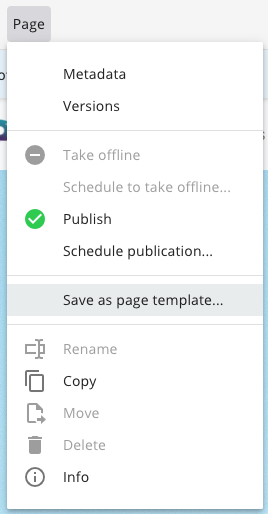
A Save as page template pop-up will appear where you can specify the template name for future use as well as add a Template preview image. Once you click Save, the landing page you created will be saved in a template list shown in the screenshot below, which can be found in the Templates category of the Sitemap and Components sidebar.
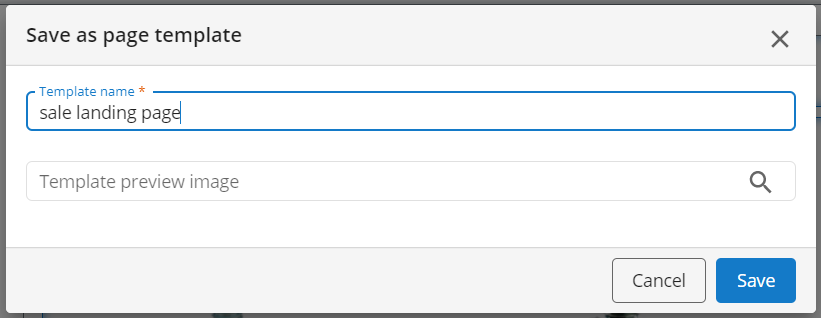
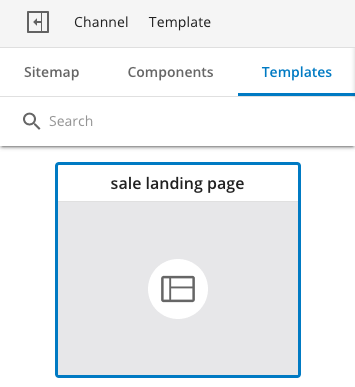
Once your landing page is saved as a template, you are ready to customize new landing pages. If you want to use a template, click on + Page just like at the beginning of this user guide. But, instead of clicking on the Blank page option, click on the Page based on template button. You can now choose the template you wish to use in the Page template list.
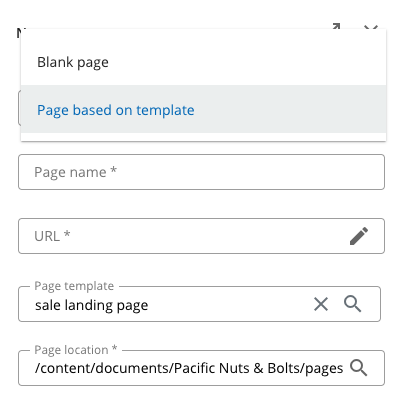
Updated 7 months ago
